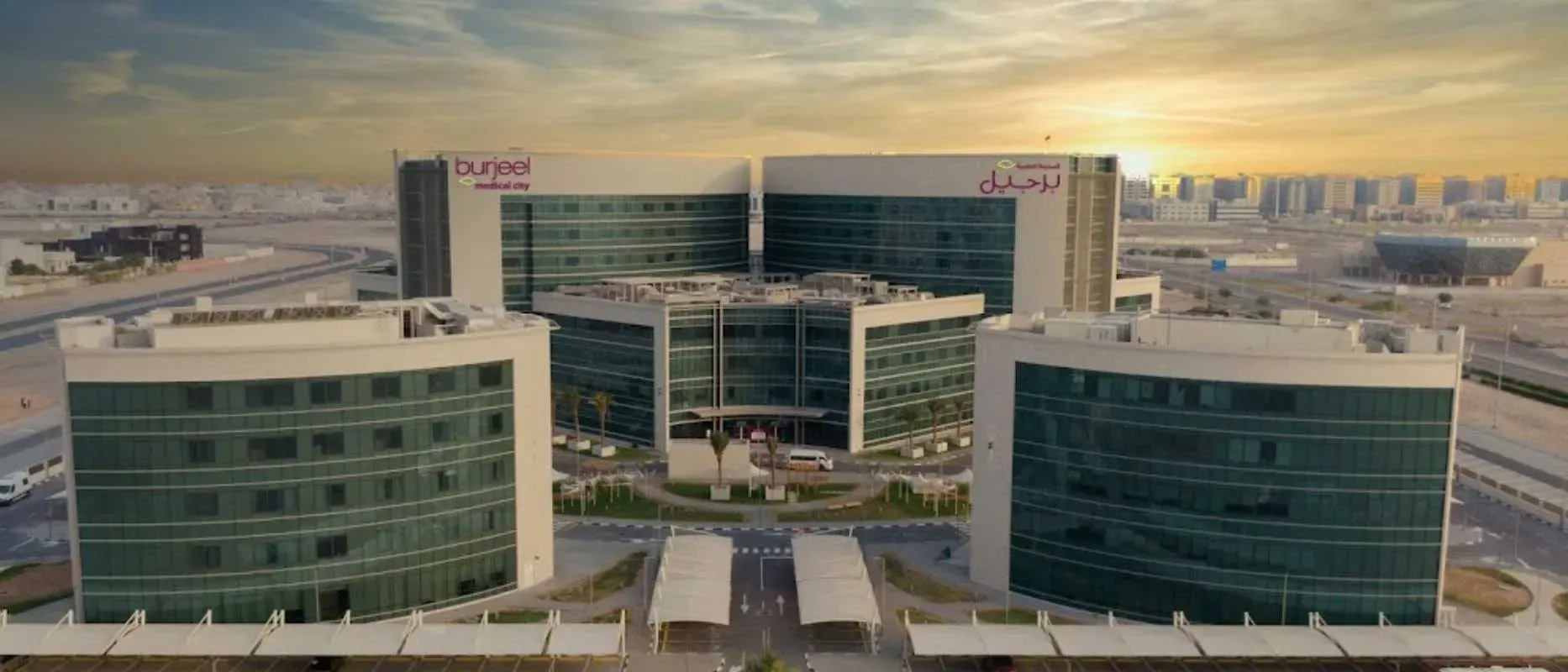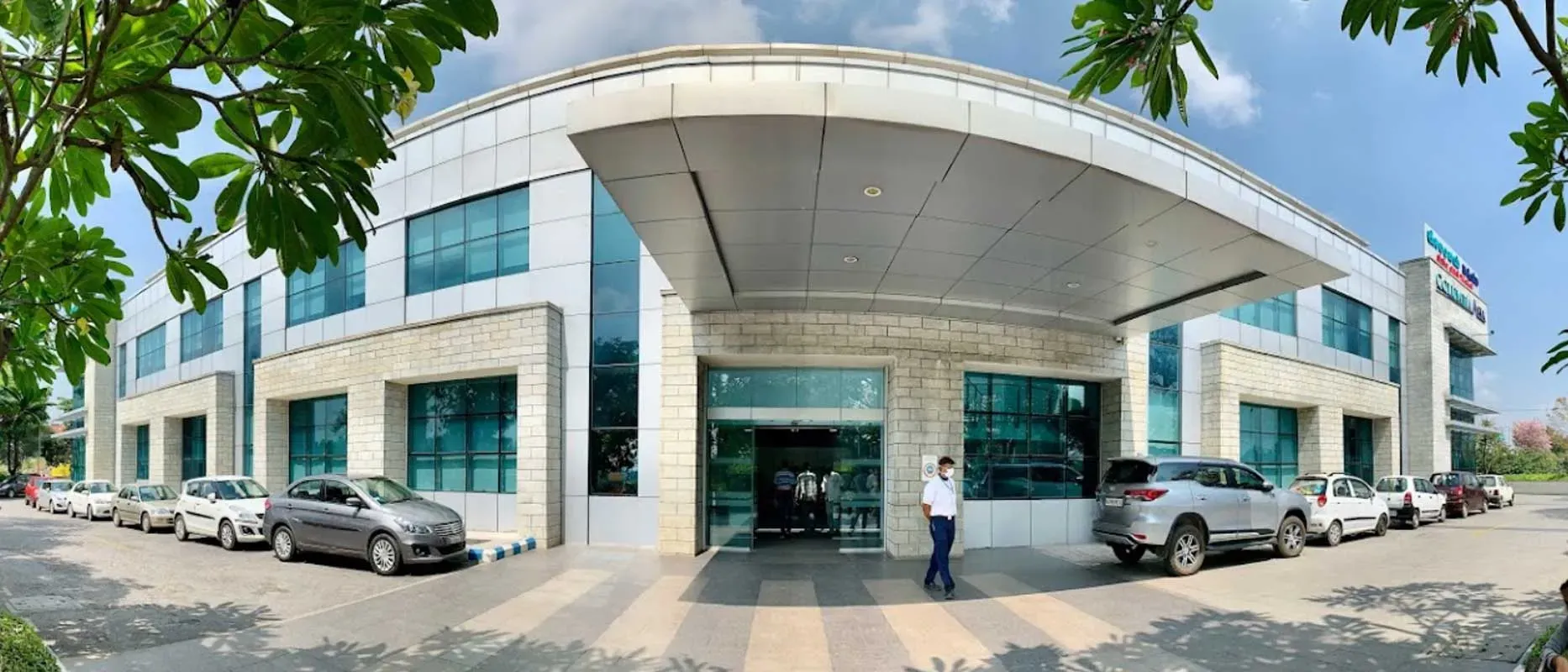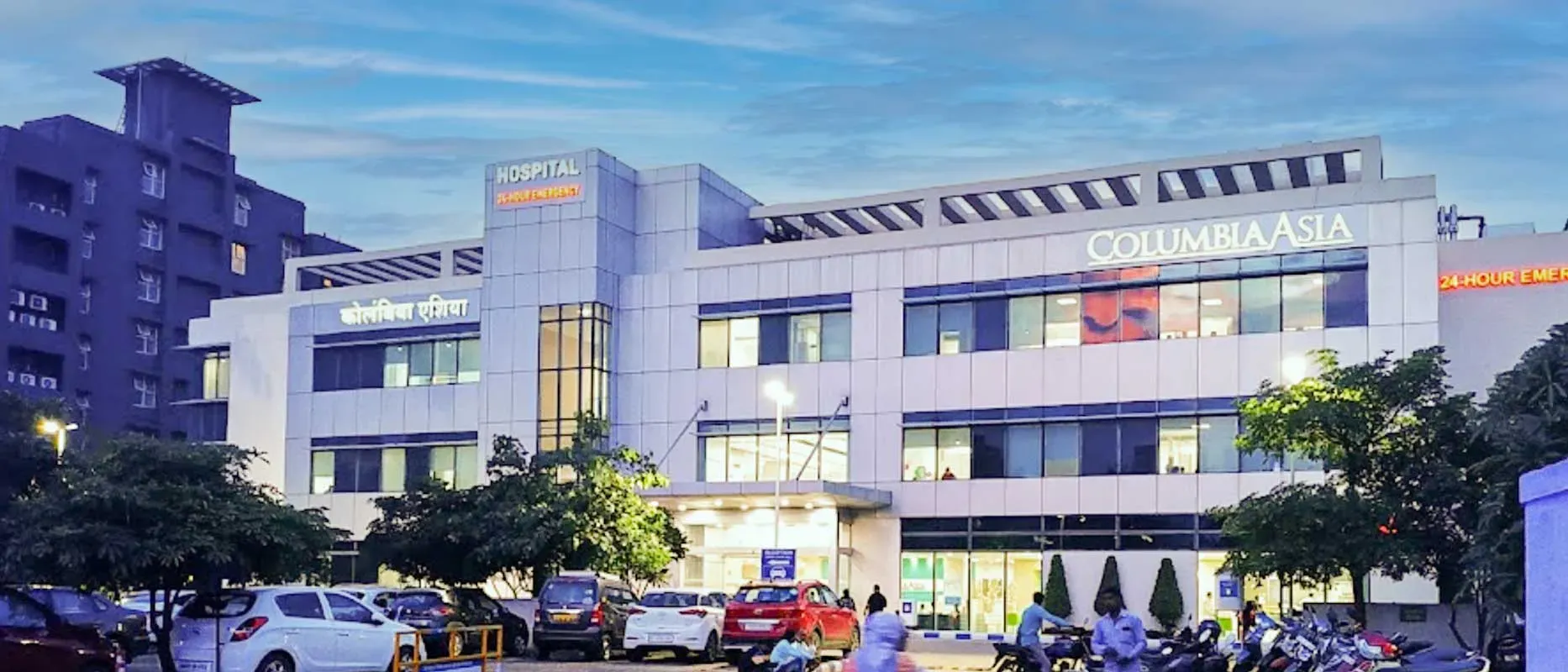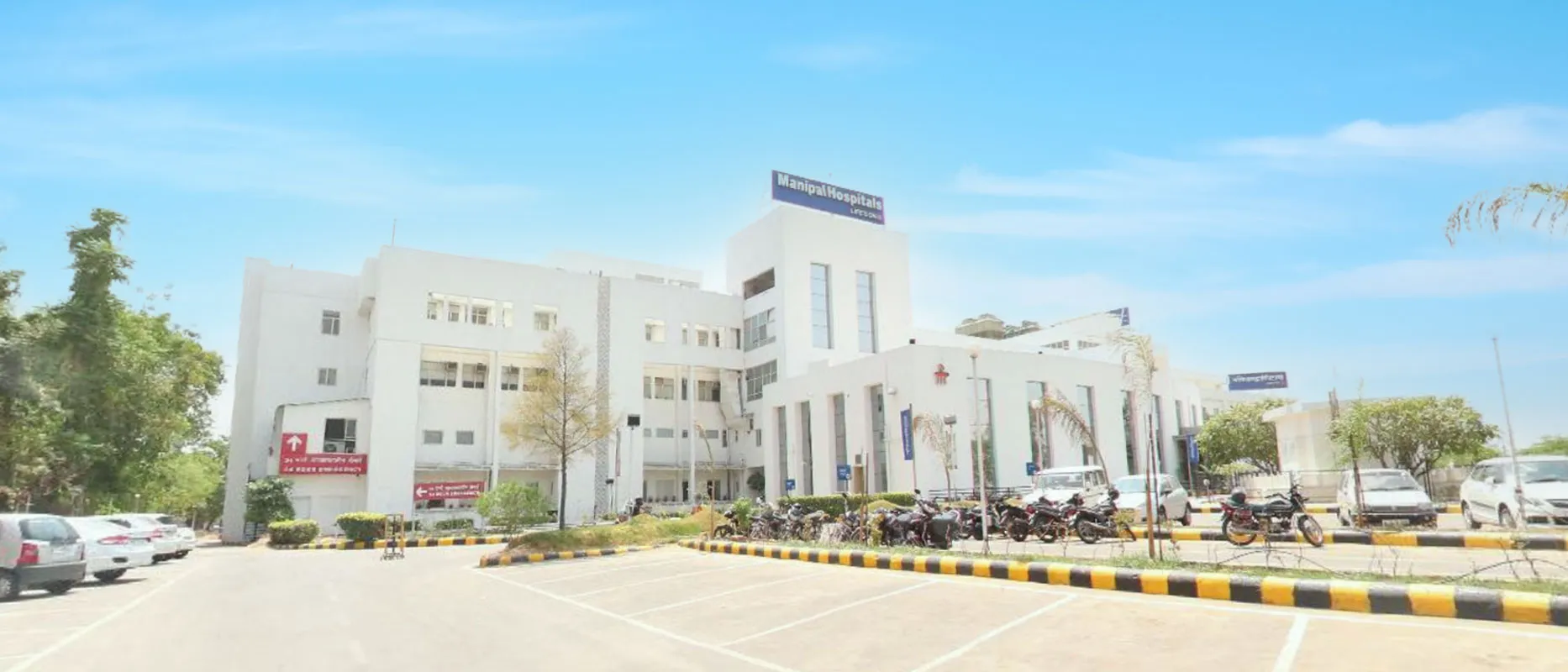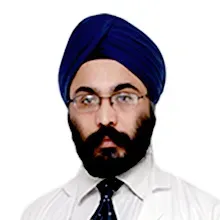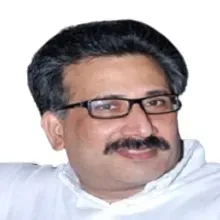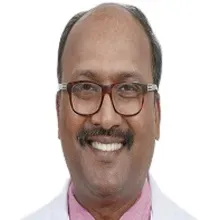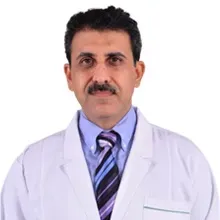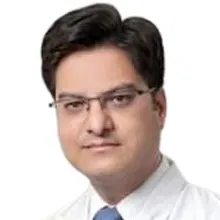Overview of Shoulder Rotator Cuff Repair Treatment India
When the connective tissues in the shoulder become damaged extensively, the repair surgery is performed which is called Shoulder Rotator Cuff repair surgery. Rotator cuff is the group of muscles that are present in the shoulder joint. This group of muscles provides stability while movement. When the rotator cuff becomes swollen or when the tear of muscles happens due to overuse, it can lead to injury and may need the shoulder cuff repair surgery. The surgery may be the traditional one where the large incisions are made or it can be done with an alternative approach of minimal invasive surgery. Rotator cuff tears mostly happen in athletes or in accidents. The people who have rotator cuff tears may feel intense pain and popping sounds while moving the arm. If it is not treated the symptoms can get worse and weakness of muscles occur that can lead to limited activities and limitations to do self-grooming tasks. Like all other surgeries, shoulder rotator cuff repair also has some risks that should be managed properly otherwise the surgery can fail and another revision surgery will be required. Shoulder rotator cuff repair surgery has a good success rate and most of the patients can go back to their normal life with proper care after surgery. But it takes several months to return to normal life.
Types of Shoulder Rotator Cuff Repair Treatment India
Here are some commonly performed types:
- Arthroscopic rotator cuff repair
- Open rotator cuff repair
- Mini-open rotator cuff repair
- Reverse total shoulder replacement
- Partial rotator cuff repair
Arthroscopic Rotator Cuff Repair
This is a minimally invasive procedure where a surgeon inserts a small camera called an arthroscope and special kind of instruments through small incisions to repair the torn and damaged rotator cuff tissues. The surgeon uses sutures to reattach the torn tissue to the bone.
Open Rotator Cuff Repair
In this traditional surgery, the surgeon makes a larger incision to directly access the torn rotator cuff. It allows better vision and access to the damaged area, which may be necessary for larger or more complex tears.
Mini-Open Rotator Cuff Repair
This procedure involves the approach of both arthroscopic and open techniques. The surgeon initially uses an arthroscope to assess the extent of the year and plan the procedure accordingly. Then, a small incision is made to repair the rotator cuff using a combination of both arthroscopic and open techniques.
Reverse Total Shoulder Replacement
This surgery is typically used for patients when the rotator cuff tear is irreparable or when there are other diseases of the shoulder joint. The surgeon replaces the damaged joint with a prosthetic implant and reverses the ball-and-socket appearance of the shoulder joint. This allows other muscles to work for the lack of rotator cuff function.
Partial Rotator Cuff Repair
If the rotator cuff tear is partial and only a small part of the tendon is involved, there will be a need to perform partial rotator cuff repair. This involves reshaping the damaged part and reattaching the healthy tendon to the bone.
Procedure of Shoulder Rotator Cuff Surgery
Here is a general outline of the steps involved in a shoulder rotator cuff repair surgery:
Anesthesia: The patient is typically placed under anesthesia to prevent the irritation and pain during the procedure, although regional anesthesia may also be used which only numbs the area under surgical procedure.
Patient positioning: The patient is positioned on the operating table, usually in a beach chair or lateral side-lying position. The arm undergoing surgery is carefully placed to allow access of the surgeon to the shoulder joint.
Arthroscopic inspection: Small incisions that are not greater than half an inch, are made around the shoulder to insert the arthroscope and special types of surgical instruments. The arthroscope is a small camera that allows the surgeon to visualize the inside of the shoulder joint on a computer screen.
Removal of damaged tissue: The damaged tissues in the shoulder joint or any loose tissue, bone, or other dead tissues are removed that may be causing pain or limiting the healing process. These are carefully removed using surgical instruments.
Tendon mobilization: after the access to the torn rotator cuff tendon, the instruments gently mobilize and prepare the torn edges for repair. In some cases, the tendon may need to be released from surrounding scar tissue or bone for the proper reattachment.
Tendon reattachment: Sutures are used to reattach the torn tendon to its original position on the bone. The surgeon may use a variety of techniques to secure the tendon, such as single-row or double-row repairs. The choice depends on the size of the tear and other factors.
Closure: Once the tendon has been reattached, the surgeon closes the incisions with sutures. Sterile dressings to prevent infection and a supportive sling is then applied.
Post-operative care: After the surgery, the patient is taken to the recovery room for proper management and care. Pain medication, blood thinner medications and instructions for physical therapy are provided.
Diagnosis of Shoulder Rotator Cuff Repair Treatment India
Cost of Shoulder Rotator Cuff Repair Surgery in India
The cost of rotator cuff surgery typically varies between 700-900 USD, depending on the specific surgical procedure and the preferred approach chosen. Various factors, including the location of the surgery, the selection of an orthopedic specialist and hospital, among others, can influence the overall cost within this range.
Cost of shoulder rotator cuff repair in different cities of India:
| Treatment Cities in India |
Min in Dollar |
Max in Dollar |
| Delhi |
$ 2760 |
$ 6000 |
| Mumbai |
$ 2760 |
$ 6000 |
| Bangalore |
$ 2760 |
$ 6000 |
| Hyderabad |
$ 2760 |
$ 6000 |
Symptoms and Risk factors
The indications for shoulder rotator cuff repair surgery include:
- Rotator cuff tear
- Shoulder impingement syndrome
- Shoulder instability
- Significant pain and loss of function in the shoulder
- Failed non-surgical treatment
- Failed attempts at rehabilitation
- Partial rotator cuff tear with significant functional impairment
- Full-thickness rotator cuff tear
- Large or massive rotator cuff tear
- Active individuals or athletes with a desire to return to sports or physical activities
Risk Factors of Shoulder Rotator Cuff Repair
Loosening of an Implant
Excessive physical activity and obesity in some persons can lead to loosening of the implants that can cause pain, reduce movement of joints and decrease stability to perform the activities of daily living.
Stiffness
Poor circulation limits healing and causes stiffness and decreased range of motion which occurs due to limited mobility. So physical therapy is an essential part of care.
Infection
Infection may appear immediately after surgery but sometimes it may appear late. In this situation infection-causing agents, mostly bacteria, enter the blood and then settle into the shoulder joint and make the recovery process more complicated.
Fractures
Poor technique and tools used in the shoulder rotator cuff repair can cause fractures in the bones. This can lead to further damage to bones and tissues which can cause failure of the surgery.
Presence of other diseases
Diabetes, obesity, heart disease, and autoimmune disorders can affect the healing process and increase the risk of complications. This may dislocate the shoulder joint in which case a new surgery is necessary to be performed.
Surgical Complications
The surgical procedures can also cause many complications. These include surgical errors, inappropriate positioning of the implant, poor soft tissue repair, injury of nerves and blood vessels, and partial wound healing.
Top Hospitals for Shoulder Rotator Cuff Repair in India
Shaping the future of the healthcare institution and establishing the path to accomplishment.
Top Doctors for Shoulder Rotator Cuff Repair in India
Empower your Health with the Expertise of Leading Medical Professionals.
Dr. Gaurav Minocha
Department of Interventional Cardiology & Orthopedics
Senior Consultant
Book Appointment
Treatment Costs for Shoulder Rotator Cuff Repair
Be the change and be an opportunist in transforming healthcare.
How it's Works
Guiding your Journey from Discovery to Treatment Planning and Beyond.
Discovery
Get a consultation to discover about your treatment
Pre-Treatment
Admission to the best hospital and all pre-treatment facilities
Post Treatment
Get post-treatment follow-up care with medicine fulfillment
Treatment Planning
Hassle-free treatment planning with package & cost estimations
in-treatment
world-class quality procedures and equipment for treatment













